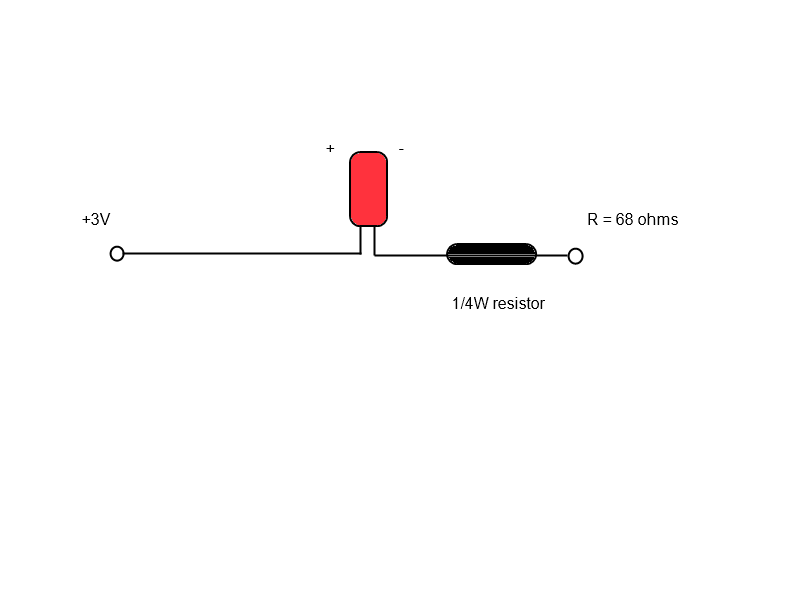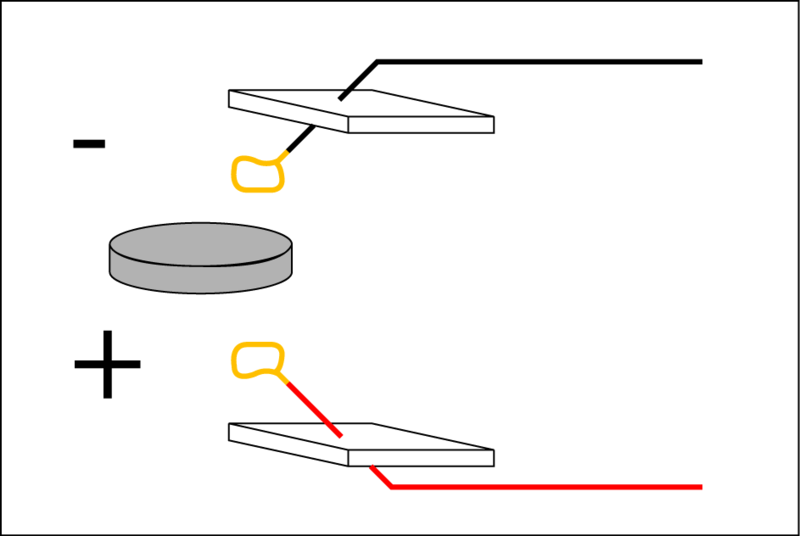I know this has been asked, but I've had trouble dredging up anything in search.
I am scratch building some trek tools and need to cobble a simple push button LED rig. Push the button and hold it, the LED stays on. Let the button go, the LED shuts down. I'd like to keep the battery to a single AA or maybe a 9 volt as I have to fit this into a plastic tube about 1" in diameter (I can dremmel space for a 9v if needed.)
I'd like to just get this stuff at Radioshack or some other close-to-me place.
Red LED
Battery Holder
Small switch
resistor
(I have wire and solder)
Sorry for the crude drawing, I did it in a hurry this morning on paint.

I am scratch building some trek tools and need to cobble a simple push button LED rig. Push the button and hold it, the LED stays on. Let the button go, the LED shuts down. I'd like to keep the battery to a single AA or maybe a 9 volt as I have to fit this into a plastic tube about 1" in diameter (I can dremmel space for a 9v if needed.)
I'd like to just get this stuff at Radioshack or some other close-to-me place.
Red LED
Battery Holder
Small switch
resistor
(I have wire and solder)
Sorry for the crude drawing, I did it in a hurry this morning on paint.
Last edited by a moderator:


